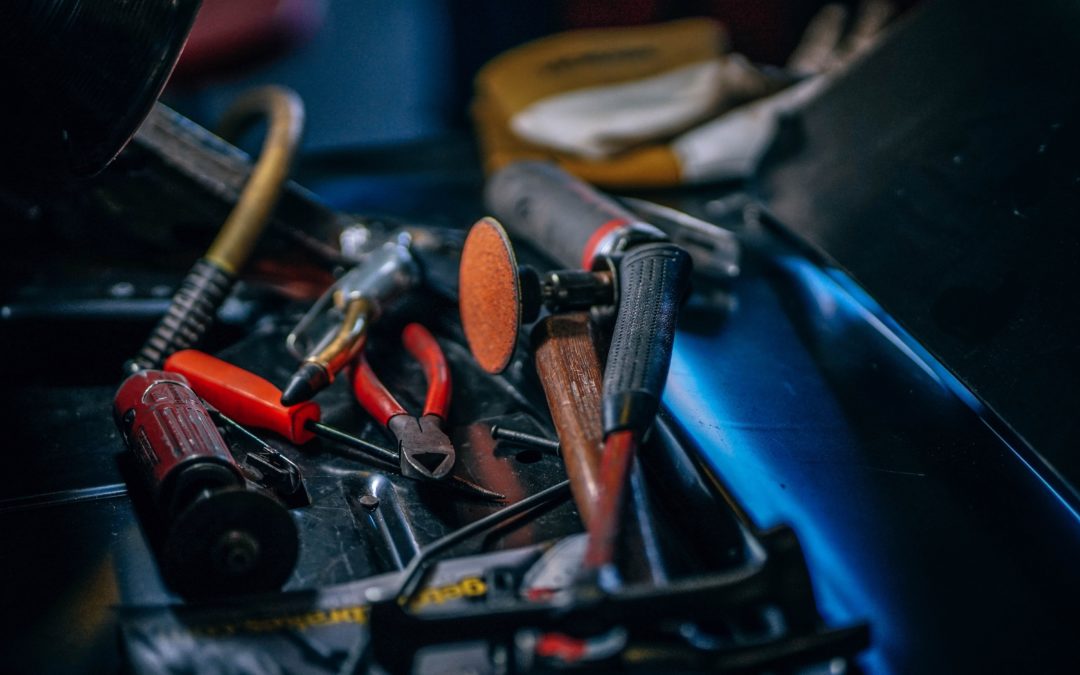How do you respond when a PTAC unit on your hotel property breaks or malfunctions? Do you call up a PTAC repair service or jump straight to replacing it?
Many hotel owners are quick to search for the most affordable repair solution, but the best approach to PTAC maintenance often depends on the unit’s age.
Like other machines, PTAC units lose efficiency over time, but if you stay on top of maintenance, you can extend your units’ lifespan by several years. Each PTAC unit’s longevity varies based on how you approach maintenance issues as they arise—even the seemingly minor ones.
Your PTACs will change as they age. However, by staying organized and tracking small details, you can ward off the need for PTAC repair or replacement as long as possible.
Here are two best practices to keep PTACs healthy for as long as possible and get more bang for your buck.
1. Keep a maintenance log.
An up-to-date maintenance log serves as a symptom journal for the machine. It can help track problems, monitor them over time, and help to diagnose the root cause. Jeff Tucker, director of retrofit solutions at Climate Control Group, recommends checking engineers’ maintenance logs when it comes time to decide whether to salvage a unit or invest in a new one.
Checking maintenance logs allows you to see if previous issues were repaired adequately or if your maintenance personnel used what Tucker calls “band-aids”—that is, hasty efforts to fix things as fast as possible. The band-aid approach to repairs often does more harm than good. Cheap, short sighted, or hasty repairs can push a unit to the point of no return faster.
Tucker also recommends against making repairs with a hodgepodge of parts. Each replacement part should meet the exact specifications and regulations of the original.
Cutting corners will cause units to malfunction. More problems mean more rooms out of service. More rooms out of service mean less profit for hotel owners. That’s how saving a few bucks on cheap repairs suddenly becomes very expensive.
When you’re repairing an older PTAC unit, proper replacement parts are harder to find. You’re probably better off buying a new unit rather than counting on mismatched parts!
2. Keep up with technology.
Though your older units may be doing a decent job, technology advances quickly. The benefits of many newer units are hard to ignore.
Douglas Mackemer, the national director of parts, services, and specialized equipment at Carrier Enterprise, told Hotel Management that, in most cases, a PTAC unit is worth fixing. However, he added that some advancements, such as sealed bearings and better motors, are worth the investment.
A few years’ difference between units can mean major differences in the units’ technology and efficiency. Before you invest in repairs, stop and consider: Will the older unit be on par with your newer units even after you invest in repairs? A newer unit can quickly recoup its cost in energy efficiency and durability.
Other features on newer units can add value to your property. Older units can be hard on the eyes. Better materials prevent unsightly water streaks and mold from developing on the walls. They also enhance the guest experience and overall impression of your property. Sabby Sabharwal, of Friedrich, explains that modern features like painted base pans or stainless steel plates are often worth the investment for the aesthetics alone.
When It’s Time to Let Go
Maybe your old PTAC units have served you well, but are steady repairs and maintenance costing you more than a replacement and upgrade?
Make sure you consider all of your options. For PTAC units near the end of their lifecycle, band-aid solutions can become very costly! Sometimes it’s better to go ahead and replace your unit rather than invest in further PTAC repair.

